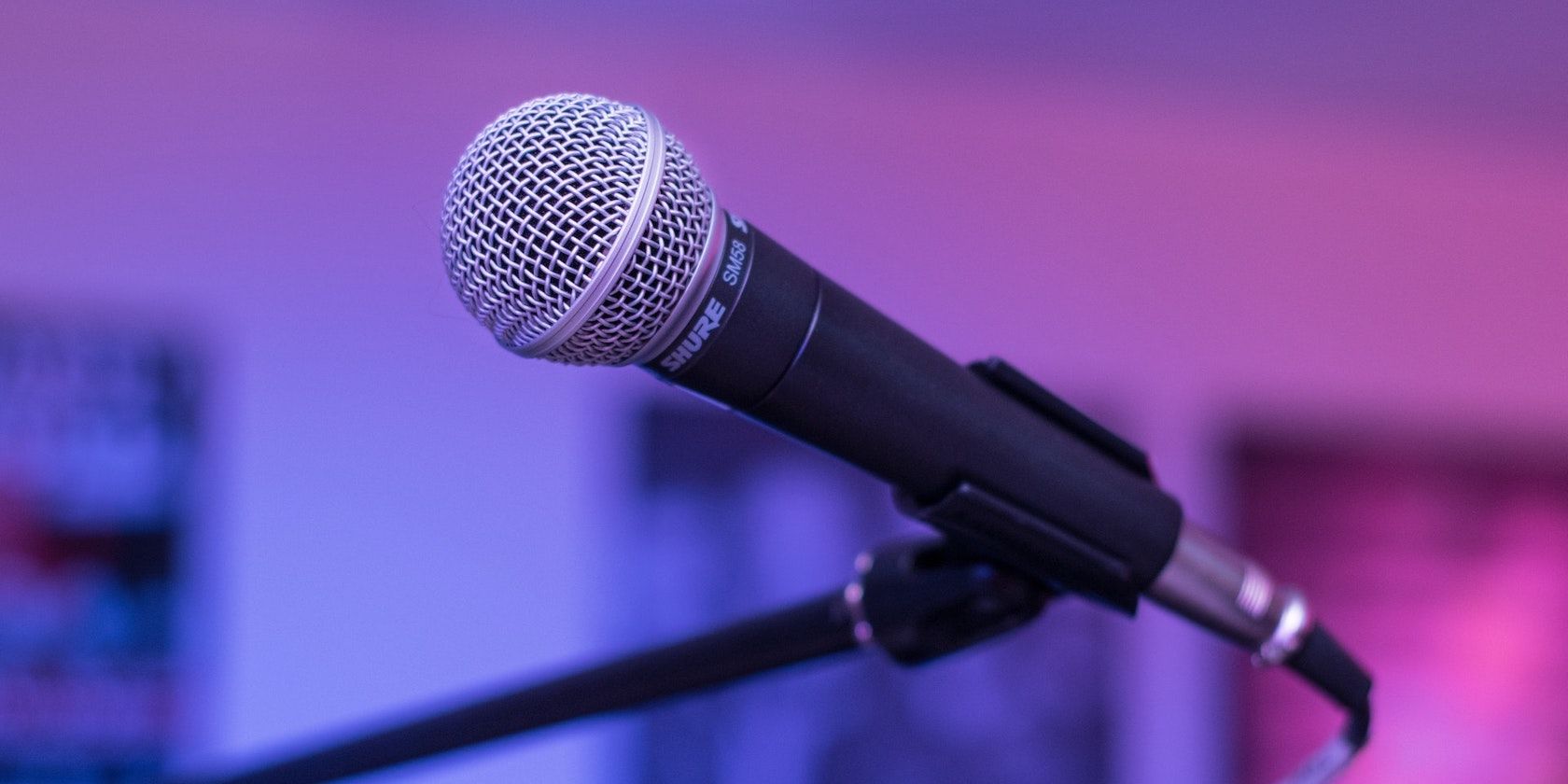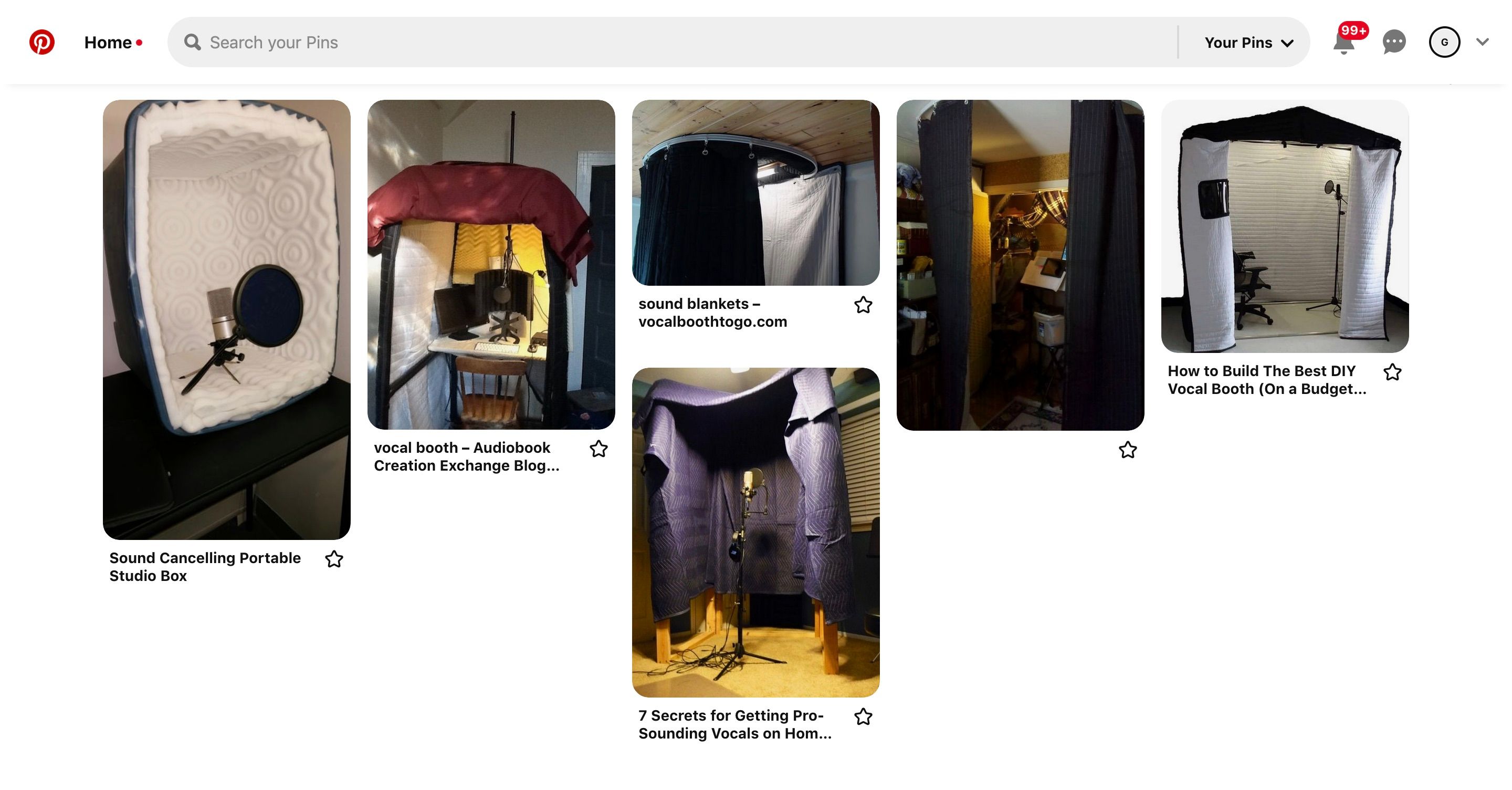If you want to record a podcast or make a demo of a new song, you don't need a professional recording studio. You may have heard that all you need is a closet. But, does a closet recording booth really work? The short answer is yes! But of course, it will work better in some situations over others.
Below, we've explored the ins and outs of recording in a closet, and how to make it worth your effort.
Does a Closet Make a Good Recording Space?
If you compare a closet recording booth to a studio, of course, it's not going to give you better results. But many of us don't have access to a good recording space and a closet is the next best thing.
This doesn't mean that it won't sound good though. With a bit of tinkering, you can absolutely produce broadcast quality voiceover audio, with little more than some added blankets, pillows, and towels as Sound on Sound demonstrates.
If you're a songwriter, you can also record vocals, but they will simply have different sound quality. A small recording space will produce relatively dry audio as there isn't a lot of room for frequencies to reverberate.
The kind of sound you get from recording in a closet will be tighter and feel less spacious. You can imagine the difference when you think of making noise in a large school hall versus a small home bedroom.
While it might sound different, the quality of results can be comparable. Take a listen to the example above, and you'll find that there isn't a monumental gap between recording in the closet and in a home studio setup.
Try it out for yourself by recording vocals in your closet and then in a bedroom or home studio. If you have a lot of external noise from the street or from inside your house, then that's when a closet can really help improve your situation.
When to Record in a Closet
The good thing about a closet is that it can block out noise and provide a nice isolated space to get a clean recording. Filling the closet with pillows and rugs (if you have a wooden floor), further 'deadens' the space and stops your voice from echoing.
This makes a good environment for voiceovers and podcasts where you don't need a lot of reverb. And as for recording vocals, you can always add reverb and other vocal effects back in post-production.
On the flip side, it won't produce great results for some types of music. Jazz, country, rock, and folk are just some genres that would be better recorded in a room that at least has some natural reverb. Where it might work is with certain types of pop and electronic music that use creative vocal effects, which will mask the natural sound of a room anyway.
It's also worth remembering that there are multiple steps involved in audio production and while recording in the right space is one of them, a lot happens on the software end. Learning how to fix audio clipping in your DAW for example is another way to get high-quality results.
Assessing Your Space
In most cases, you will need to do some work to the closet to make it worth recording in. If you treat it like any other recording setup then you can make improvements by changing a few things around.
Closets with wooden floors will reflect more sound which can cause you problems. The same can be said of the walls so, if you find that your recording sounds terrible, try adding some rugs to the floor and pad the space with some pillows.
You can also experiment with using a sleeping bag or blanket to enclose the space rather than shutting the door. The blanket will allow some frequencies to be absorbed while reducing the overall build-up of other frequencies.
If you've got a grand walk-in closet you might even be able to record instruments inside. Some are big enough to set up an entire workstation too which is how musician and songwriter Ben Cowling was able to record his first debut single. Ultimately, you can achieve a lot with just a closet if you've got no other options.
Alternative DIY Recording Booths
Sometimes despite your effort to make it work, a closet just might not sound good to you. In that case, there are still plenty of options you can try to create a vocal recording booth at home. Here's what else you can do with things lying around your home:
- Build a mattress fort using a couch or other piece of furniture to help create a nook you can record in. Use blankets to enclose the space and create good sound isolation.
- Build a blanket tent using either stacked furniture or lightweight PVC pipes that can be fitted together to create a frame. Hang blankets over the structure and fill it with sound-absorbing material like towels and pillows.
- Build a sound isolation box by padding a large container or cardboard box with foam. This portable solution is great if you are really working with limited room space.
One tip for finding examples of DIY sound booths is to search Pinterest. Here you can find numerous different ways that people have used objects around their homes to create the structures mentioned above. Building a recording booth at home is just one of many DIY hacks to improve your home recording studio.
The Recording Closet to the Rescue
When all else fails, turning your closet into a recording space is a great solution. It costs nothing to build and can be improved with just a few household items.
A closet can provide the extra sound isolation that you need to make your podcast, voiceover, or vocal recordings, sound that much more professional. If you want to dabble in a bit of DIY audio engineering, then turning your close into a recording booth is definitely worth trying.


